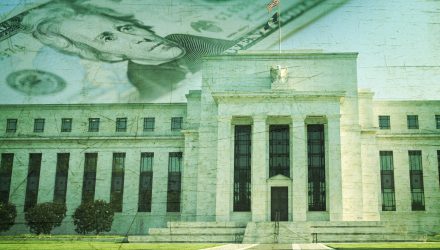Fixed-income ETF investors should reexamine strategies for rising rates and consider some of the latest fixed income and specialized equity strategies designed for investing during a rising rate environment.
On the recent webcast (available On Demand for CE Credit), Rising Interest Rates and ETF Strategies to Manage Them, Simeon Hyman, Global Investment Strategist for ProShares, argued that yields may continue to rise and investors should be wary of the potential fallout in their traditional bond fund exposures if yields pick up pace. Specifically, yields on 10-year Treasuries have historically run about 2.5% above inflation. Consequently, if the Fed is targeting a 2% inflation rate, a “normal” 10-year yield should run around 4.5%.
“Rates could normalize without any change in the Fed Funds Rate. And if they did rise to normal levels, bond prices could take a big hit,” Hyman said.
Hyman also contended that quantitative tightening could drive interest rate normalization, pointing to the end of quantitative easing as a key driver of interest rate normalization. For instance, the Fed is now letting $40B of its bond holdings mature every month without replacing them, rising to $50B this year. Consequently, investors may see a return to normalized fixed-income market trends where spreads tighten as interest rates rise.
Rising interest rates is of particular concern as many investors have looked to the Bloomberg Barclays Aggregate Bond Index as their go-to guide to fixed-income investments. However, the benchmark index is now exposed to greater duration risk and lower yields due to its high concentration in U.S. Treasuries and agency bonds.
Additionally, investors shouldn’t forget about stocks either. Rising rates may negatively impact the equities market. Equity investors should note that sectors that have a high correlation to changes in rates have also changed over time, which may provide opportunities for targeted stock market selection that perform well during rising rate conditions.
“What’s interesting is that the sectors displaying the most positive correlation to rates changed over time, showing that sector movements with rates has been a dynamic and not a static process. While financials had a fairly low correlation in the first part of the data, it ultimately became much more sensitive to interest rates starting in 2011. And while consumer discretionary started the period fairly sensitive to rates, it became less so after 2013,” Hyman said.
Minimizing Interest Rate Risk
Looking ahead when considering the fixed-income side of an investment portfolio, Kieran Kirwan, Director of Investment Strategy at ProShares, argued that minimizing interest rate risk is key when rates rise.
Specifically, Kirwan pointed to investment strategies like the ProShares Investment Grade-Interest Rate Hedged ETF (BATS: IGHG) and ProShares High Yield Interest Rate Hedged ETF (BATS: HYHG) that try to eliminate the rising rate risks.
